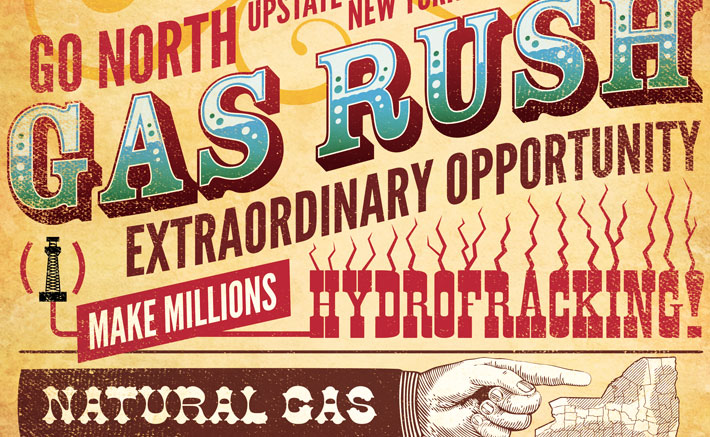BP’s 48-hour trial run of a cap blocking oil from streaming into the Gulf of Mexico ended Saturday with no word on

In this image taken from video provided by BP PLC at 12:24 CDT, a robotic arm uses a long wand-like object to clean out debris from a pipe at the site of the Deepwater Horizon oil spill in the Gulf of Mexico Saturday, July 17, 2010. Undersea cameras showed some activity midday Saturday. The robots passed a wand-like object back and forth, and appeared to be unclogging a pipe by digging out dirt-like debris. Meanwhile, a glowing globe appeared on the seafloor. (AP Photo/BP PLC)
what happens next.
BP spokesman Daren Beaudo said the company would communicate if the trial was stopped. With no word as 3:25 p.m. EDT passed, video footage showed the well was still plugged.
The cap could be reopened if scientists decide it could create an underground breach. It also could be reopened if they need to do certain seafloor mapping, or if they want to contain the oil by instead drawing it up to vessels on the surface.
Kent Wells, a BP PLC vice president, said earlier that engineers glued to an array of sensors were seeing no evidence of oil escaping into the water or the sea floor. Undersea robots patrolled the well site for signs of trouble.
A new breach underground was a major concern going into the trial, because oil breaking out of pipes in the bedrock would be harder to control and could endanger plans for a permanent plug.
“We’re feeling more comfortable,” Wells said on a morning conference call, but cautioned: “The test is not over.”
BP and the federal point man for the disaster, retired Coast Guard Adm. Thad Allen, have said could decide to reopen the cap at least partly after the 48-hour trial period ends Saturday around 3:30 p.m. EDT, although it’s not clear what conditions would prompt them to do so.
Allen will make that call, Wells said, and could also decide to extend the trial run. There was no word from Allen after the 48 hours passed.
BP shut valves in the cap Thursday, stopping the flow of oil for the first time since the April 20 explosion on the BP-leased oil rig Deepwater Horizon killed 11 workers and unleashed the spill 5,000 feet below the sea.
With the cap working like a giant cork, scientists kept watch in case the buildup of pressure underground caused new leaks.
Pressure readings after 41 hours were 6,745 pounds per square inch and rising slowly, Wells said, below the 7,500 psi that would have reassured scientists the well was not leaking. He said pressure continued to rise by around 2 psi per hour, compared to a range between 2 and 10 psi BP and the government provided late Friday. A low pressure reading, or a falling one, could mean the oil is escaping.
Copyright 2010 The Associated Press




